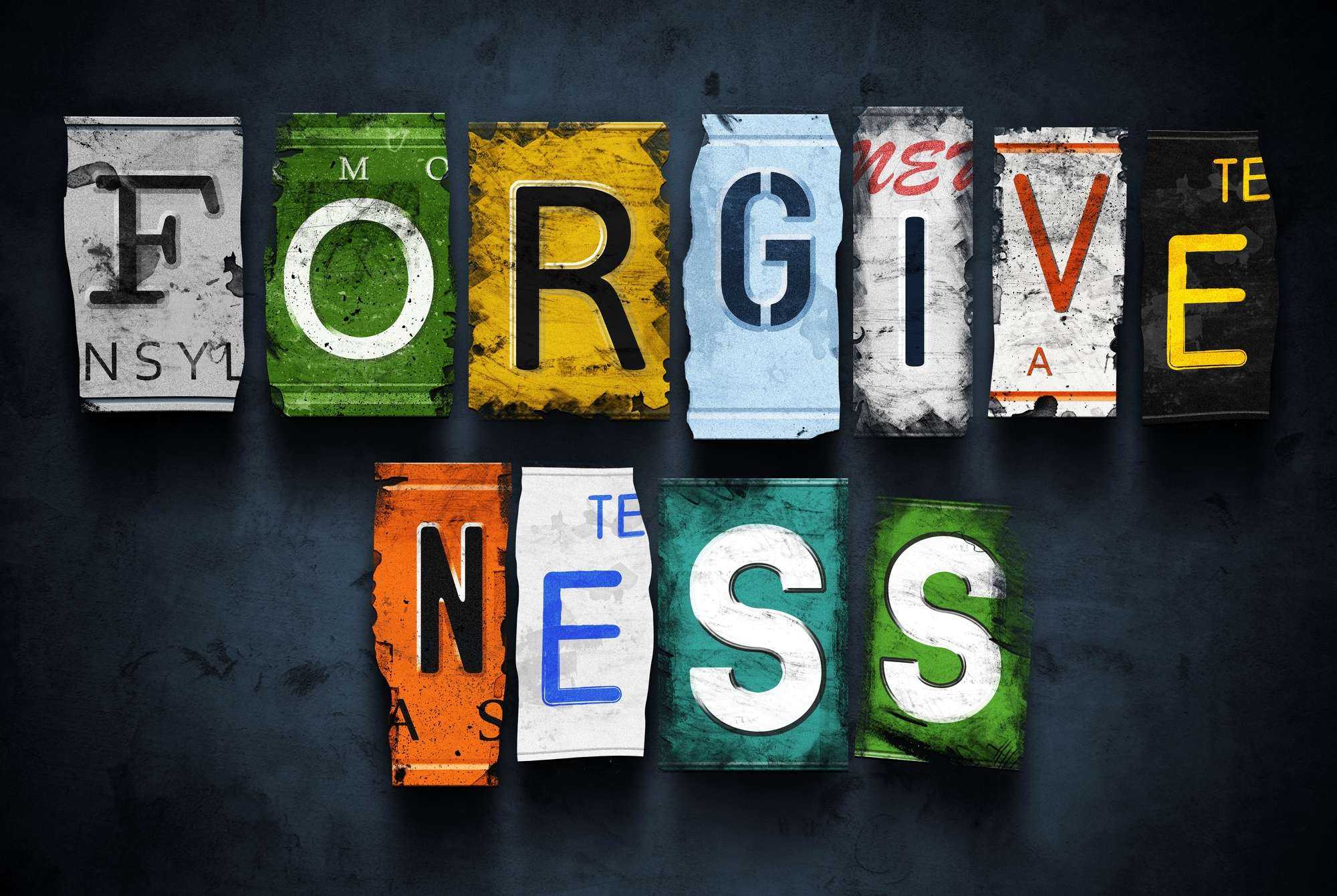BY DANIEL COLE
Have you ever wondered why the Dark Ages was called Dark? It’s because there wasn’t much scientific, cultural or human development or advancement during that era if there were any at all; man’s state of existence was primitive. In the 1500s, people ascribed all events they didn’t understand to God. Why did the crops fail? God did it. Why did we have an earthquake? God did it. What holds the planets in place? God. But as man became more enlightened, we began the search for a more scientific understanding – physics, chemistry, biology, and so forth.
Man’s ability to think, in my opinion, is the greatest gift God gave to Mankind. Socrates, Aristotle, Pythagoras, Plato, Thales, and so many great Philosophers whose works and intellectual produce are still considered relevant today, existed before Christ was born, which underpins the limit of ‘religion and spirituality’ in man’s ability to critically think, and proffer practical solutions to his daily life problems. I have always believed that spirituality is not against reasoning. Our world has advanced not only because of financial resources but also because of an intellectual resource.
One of the most relevant skills in our world today is problem-solving, which I fondly refer to as “Thinking Skill.” The ability to critically think through a problem and proffer practical, workable solutions. The next new frontiers of our world will not be people who blindly accept popular views or generally accepted ideas, but rather, those who are not intellectually lazy to put in the time and effort to find relevant facts, collect data and through that extrapolates to a logical and rational conclusion.
People who are not afraid to question the ‘Truth’, not for the sake of proofing their ingenuity, but rather because they refuse to be held back by the result of somebody else’s thinking. And this is true of Albert Einstein; the world has believed the Isaac Newton law of gravitational pull for hundreds of years before Einstein proofs him wrong. Jim Collins wrote, “The best students are those who never believe their professors.”
In fact, for almost three decades, I have always believed Charles Darwin postulated the evolution theory, well, I was wrong, Darwin popularized the theory of evolution by natural selection, but the roots of the theory came from Greek philosophy. The idea dates back to centuries before Darwin. Three natural philosophers of the ancient world worked on the idea; they are Anaximander (c. 610 BC – c. 546 BC), Empedocles (495 BC – 435 BC) and Lucretius (99 BC – 55 BC). Bruce Calvert was right, “Believing is easier than thinking. Hence so many more believers than thinkers.”
Today, with enough data to proof and scientific evidence available, we now believe the earth to be spherical. However, in the nineteenth century, during the Middle Ages, certain scholars have always believed that the earth was flat. The world is moving at the speed of thought and innovation. What informs your view about life? In a time where Google seems to have an answer to every question, we should ask ourselves, are we still thinking or we are unconsciously outsourcing it?
Take a thoughtful consideration of the things you’ve believed. Have you been indoctrinated to living life the way you’re living it? I am not suggesting taking a Nihilistic view of life, but stay curious, and stay informed. In the words of John Maxwell, “As you begin changing your thinking, start immediately to change your behaviour. Begin to act the part of the person you would like to become. Take action on your behaviour. Too many people want to feel, then take action. This never works.”
Thinking is a skill. We all need to be intentional about engaging in it. Remember, “The true value of a human being can be found in the degree to which he has attained liberation from the self.” Albert Einstein


 Community News2 weeks ago
Community News2 weeks ago
 Community News1 week ago
Community News1 week ago
 Community News1 week ago
Community News1 week ago
 Community News1 week ago
Community News1 week ago
 Community News2 weeks ago
Community News2 weeks ago
 Community News1 week ago
Community News1 week ago
 Community News2 weeks ago
Community News2 weeks ago
 Community News1 week ago
Community News1 week ago






























